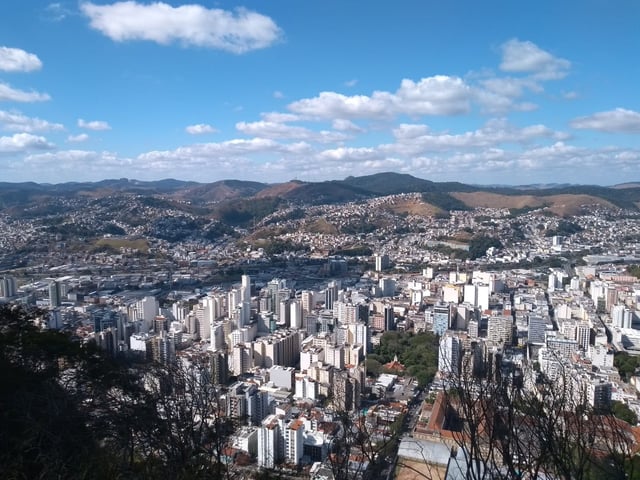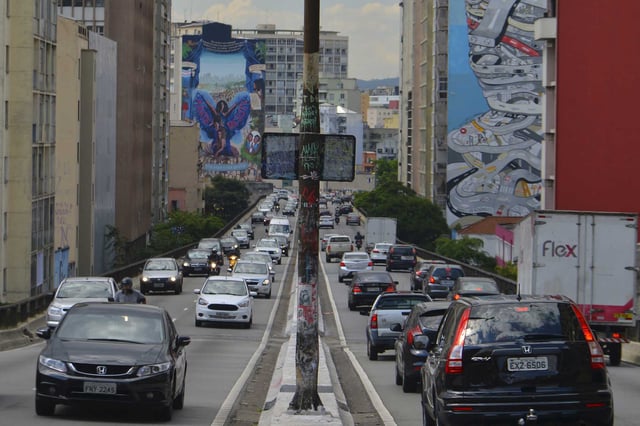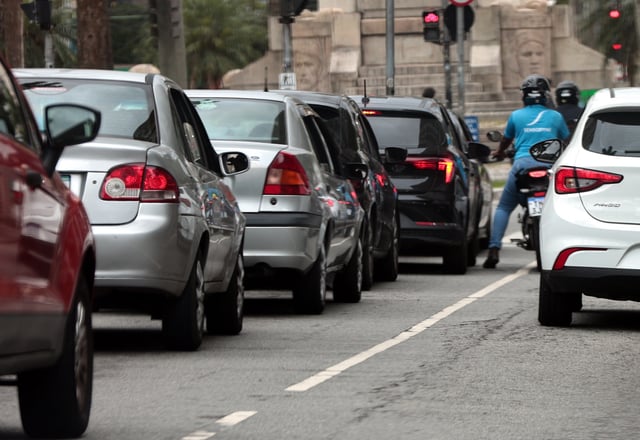Overview
- Automobiles are the principal mode for 32.3% of workers (22.6 million), followed by buses (21.4%), walking (17.8%) and motorcycles (16.4%), while metro and trains account for just 1.6%.
- Most workers need 6–30 minutes to reach work (56.8%), yet about 8.66 million spend over an hour and roughly 1.26 million exceed two hours.
- Very long commutes are concentrated in large metros, especially Rio de Janeiro’s Baixada Fluminense; in Queimados, 12.5% of workers take at least two hours.
- Mobility disparities persist: Black and Indigenous workers and lower-income or less-educated groups have longer trips and rely more on buses or walking, whereas higher-income and White workers use cars more and travel shorter times.
- Regional patterns diverge, with cars leading in the South, Southeast and Center-West and motorcycles predominant in the North and Northeast; most workers (88.4%) are employed in their municipality of residence, with 71.4% working outside the home there.



